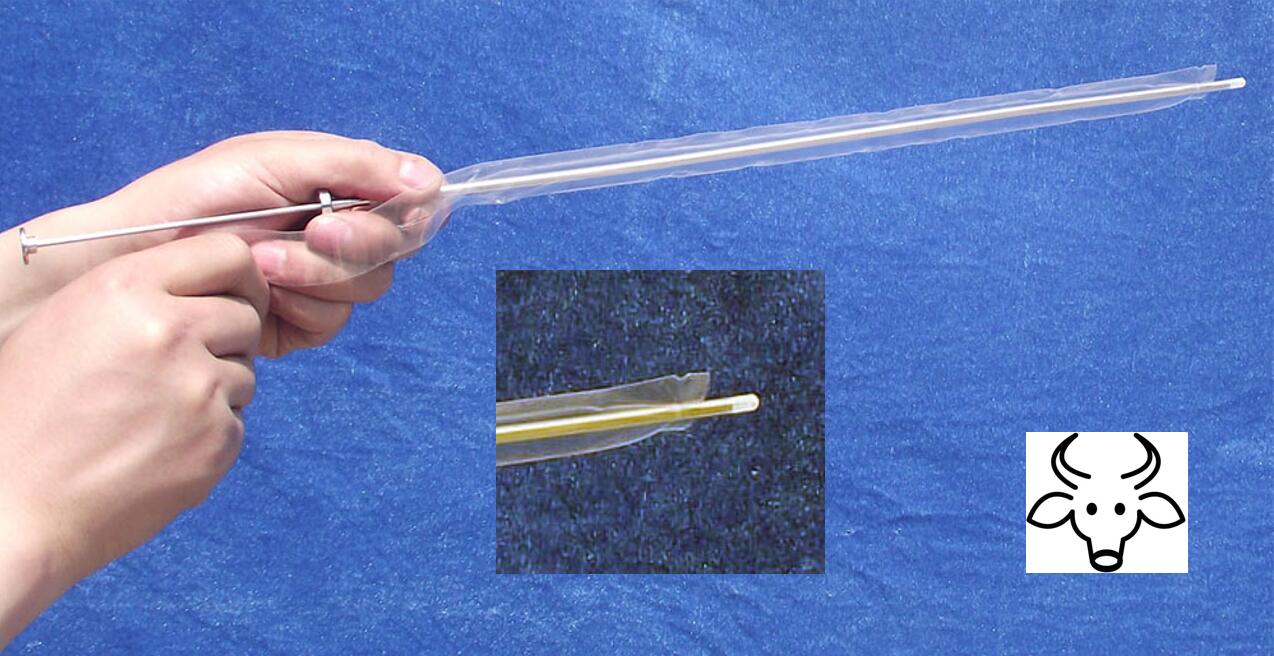


Endometrial edema scores were not different among groups at 0, 24, 48, 72, and 96 h ( p > 0.05). There were no differences for intrauterine fluid accumulation before treatment (−48 h) and breeding (0 h) in all cycles ( p > 0.05, Figure 2A). Platelets incrementally downregulate PBIE and appear to have a dose-dependent antimicrobial property. Plasma infusion reduced the duration and intensity of the post-breeding inflammatory response and improved embryo recovery in mares susceptible to PBIE. The PRP-assigned cycles had significantly greater embryo recovery rates (83%) than the control (33%), though not significantly different than PPP (60%). Controls had a significantly higher percentage of positive bacterial cultures (33%) in comparison to PRP-assigned cycles (0%), whereas cycles treated with PPP were not significantly different from the other groups (25%). PRP treatment reduced endometrial neutrophils, post-breeding IUF, and pro-inflammatory cytokines when compared to control-assigned cycles, but not significantly different than PPP. Data were analyzed with mixed model, Tukey’s post-hoc test, and multivariate regression. Embryo flushing was performed 8 days post-ovulation. Uterine cytokines (Ilβ, IL6, CXCL8, and IL10) were evaluated before (0 h), 6, and 24 h post-breeding, and endometrial culture three and nine days after breed. Intrauterine fluid accumulation (IUF) and endometrial neutrophils were assessed every 24 h up to 96 h post-breeding. Mares were bred with fresh semen from one stallion. Mares ( n = 12) susceptible to PBIE had three cycles randomly assigned to receive intrauterine infusions of lactate ringer solution (LRS, control), or autologous PRP or PPP pre- (−48 and −24 h) and post-breeding (6 and 24 h). This study aimed to assess the post-breeding inflammatory response, endometrial culture, and embryo recovery of mares susceptible to persistent breeding-induced endometritis (PBIE) treated with plasma-rich (PRP) or -poor (PPP) plasma. Microorganisms, including pathogenic or opportunistic bacteria and fungi, may gain access to the uterus during breeding, and infectious endometritis plays a major role in equine subfertility.


 0 kommentar(er)
0 kommentar(er)
